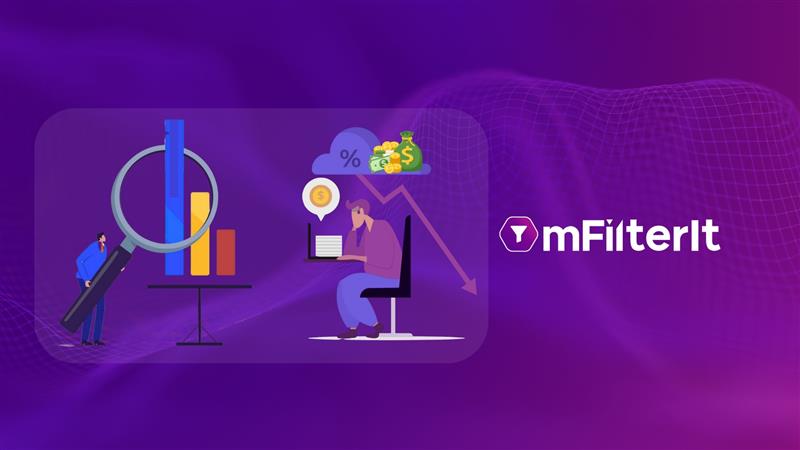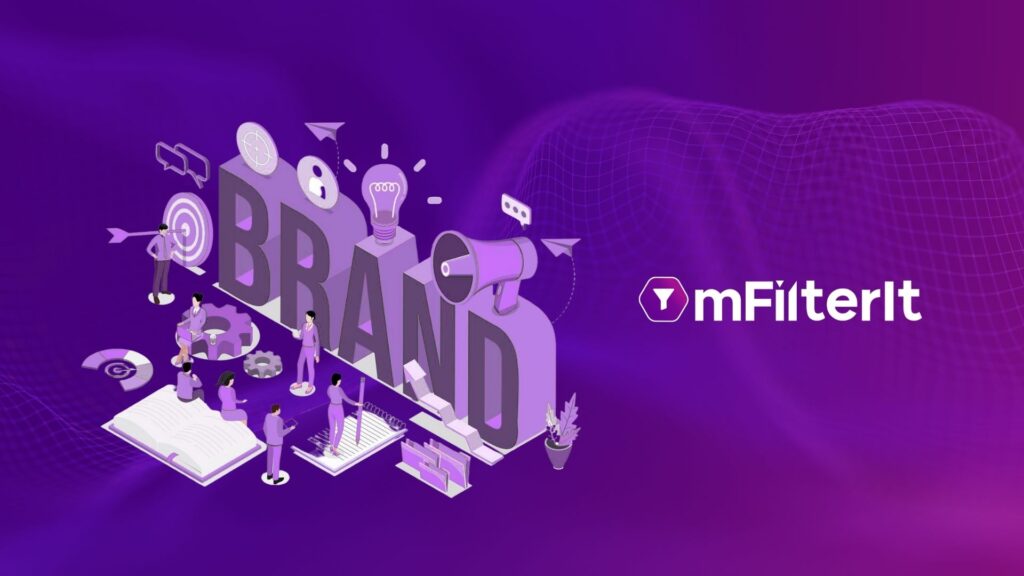Like always, new technological developments continue revolutionizing the way we conduct business online. However, at the same time, growing concerns around privacy and the subsequent moves by tech giants to address said concerns are also influencing how online businesses reach out to their consumers.
While trends like the declining use of third-party cookies and the rise of stringent privacy laws may make it seem like it is the end of the road for programmatic advertising, the reality is quite the contrary.
Sure, these things have a direct impact on the way programmatic advertising is used, but their influence will simply mean that advertisers will have to get more creative with their approaches. Since these changes have been in the works for some time now, advertisers are beginning to adapt.
It is clear that despite the changes in privacy laws and the decline of cookies, programmatic advertising is here to stay. However, for marketers who want to keep reaping the benefits of this amazing advertising technology, it has become imperative to keep up with the current trends.
That’s exactly what this article is about. We will cover some of the most significant trends surrounding programmatic advertising.
Let’s jump right in:
Table of Contents
ToggleTop 7 Programmatic Advertising Trends
1. In-House Programmatic Run
Many ad agencies and brands are expected to stop outsourcing their programmatic ad campaigns and pull those operations in-house. The trend has been prevalent for the last few years, with more companies focused on squeezing out the maximum possible ROI from ad investments (more on this later).
With lower spending on the management aspect of advertising, this move, when executed correctly, can provide a significant boost to ROAS (Return On Ad Spend). For those working in an in-house marketing team, this will mean developing new skills just to stay relevant in the industry. That said, those who can adapt proficiently will find themselves in an advantageous position, having learned a high-value skill for the future.
2. Rise in First-Party Data Solutions
The European Union introduced the General Data Protection Regulation or GDPR in 2016. The legislation is aimed at protecting the online privacy of individuals. In 2018, the USA introduced its version of GDPR, known as the California Privacy Act. Since then, many countries have introduced laws that prohibit or heavily restrict the collection and use of third-party data.
These legal frameworks all prevent the tracking of online user data without getting clear consent from the user. Major tech companies like Apple, Firefox, and Google have stopped supporting third-party cookies in their devices and browsers, and the trend is expected to continue.
For programmatic advertising, these developments all point in the same direction- the use of first-party data solutions. There have been some attempts to facilitate the same, like Google’s now defunct Federated Learning Of Cohorts (FLoC) and Interactive Advertising Bureau’s DigiTrust service, but they have not seen a lot of success.
Currently, the Trade Desk’s Unified ID 2.0 or UID 2 framework is the most successful attempt to facilitate the collection and sharing of personal information with user consent. However, it is safe to assume that more and better solutions will start populating the marketing landscape soon.
This is because first-party data is a superb alternative to third-party data. It does not invade anybody’s privacy and gives advertisers access to users who have given their consent. Sure, the volume of data available will diminish, but marketers can expect great improvements in quality.
3. Growth of CTV
According to Statista, Revenue in the OTT Video market in the United States is projected to reach US$146 billion this year. The revenue is expected to exhibit an annual growth rate (CAGR 2025-2029) of 7.26%, leading to a projected market volume of US$193 billion by 2029.
Don’t let the recent relative decline in the user base of giants fool you into believing that the popularity of streaming services is dying. A close observation of the current trends in the industry shows that the reason behind this reduction is that the market is being populated by new players every year. With each passing day, users have more streaming options to choose from.
For programmatic advertisers, this means that the popularity of connected TV (CTV) programmatic advertising is only going to grow. It is estimated that the advertisers will spend $42 billion by 2027 on CTV programmatic ads.
With that said, there is still a lot of room for growth in CTV advertising, and advertisers that jump in now are expected to be poised to enjoy an early mover advantage.
4. Rise in DOOH Ads
This year, the revenue in the Digital Out-of-Home (DOOH) Advertising market in the United States is forecasted to reach US$4.40bn in 2025, according to Statista.
With the absence of COVID restrictions and the rising number of digital screens across locations with high foot traffic, DOOH spending is only going to increase in the coming years. While programmatic technology does not have a large share of the market currently, current trends indicate that this will change in the future.
The many advantages associated with DOOH, such as no invasion of user privacy, the unobtrusive nature of ads, and no resistance from ad blockers, make DOOH an excellent opportunity for advertisers to reach their audience. Not to forget, with video and audio capabilities, DOOH placements offer a lot of creative freedom to advertisers that can create memorable DOOH experiences with virtually no extra resources.
The best part is, that the same ads that are created for DOOH placements can work well on other platforms, such as YouTube. When used correctly, DOOH ads, in combination with other digital ads, can deliver significant improvements in top-of-the-funnel metrics such as brand awareness, recognition, and recall value.
5. Focus on ROI will increase
As mentioned earlier, because of the declining use of third-party cookies, the way programmatic advertising is implemented is set to undergo a revolution. Devising new strategies, testing them, and making optimization decisions is an expensive undertaking.
This means that advertisers should prepare themselves to face extra pressure regarding the ROI of their programmatic advertising efforts.
At the same time, smart marketers will be able to use the flexibility and quick responsiveness offered by programmatic advertising to their advantage.
6. Contextual Advertising
As cookies are phased out, marketers will quickly realize that first-party data solutions cannot be the sole alternative. After all, there is only so much data available right now.
Marketers will have to find innovative ways to target the right audience, and contextual advertising may prove to be a promising solution. With contextual advertising, instead of targeting user personas, advertisers place ads on websites based on the content of those websites which is contextually relevant.
This will benefit both users and advertisers. Users will not have to struggle with being subjected to irrelevant ads ruining the experience of the content they are trying to consume. At the same time, advertisers can rest assured that users are likely to show interest in their product/service since it is being advertised next to something contextually relevant.
7. Newer Ad Formats – Audio and Video Ads
Programmatic advertising has already evolved from simple display ads to video display ads.
This year, advertisers are expected to spend nearly $65.21 billion on programmatic video advertising in the total programmatic advertising spend in the US. Videos are better at capturing attention and allow for more creative freedom.
It’s a no-brainer that their popularity will grow in the programmatic world, just as it has in all other areas of marketing.
Another emerging ad format in the programmatic landscape is audio. Audio ads can be published much like display ads, with dedicated ad networks selling placements in audio content such as podcasts.
Those who have studied media know that audio-only ads, when used right, can deliver a longer-lasting impact than video. Audio-only ads depend on the listener’s ability to visualize, which can boost recall and retention of information.
It is also worth noting that 80% of podcast listeners listen to entire podcast episodes or at least most of the episodes. This means that if you choose to advertise on podcasts, you can expect to reach a highly invested audience.
Conclusion
Despite the changes in the marketing landscape, programmatic advertising will continue to be central to any holistic marketing strategy. This year, marketers engaged in programmatic advertising will feel the impact of the new privacy laws and changes brought about by the pandemic.
Trends like advertising on CTVs and DOOH platforms will gain traction, and marketers will find themselves experimenting with newer ad formats. At the same time, publishers must start preparing for this oncoming revolution and ensure their platforms are offering solutions that address the most immediate and pressing challenges surrounding programmatic advertising.
The industry is set to transform and it will demand a combined effort from advertisers and publishers. Are you prepared?
Advertise safely in programmatic platforms with our advanced Ad fraud Detection tool.
Get in touch to learn more about the Programmatic Advertising.







